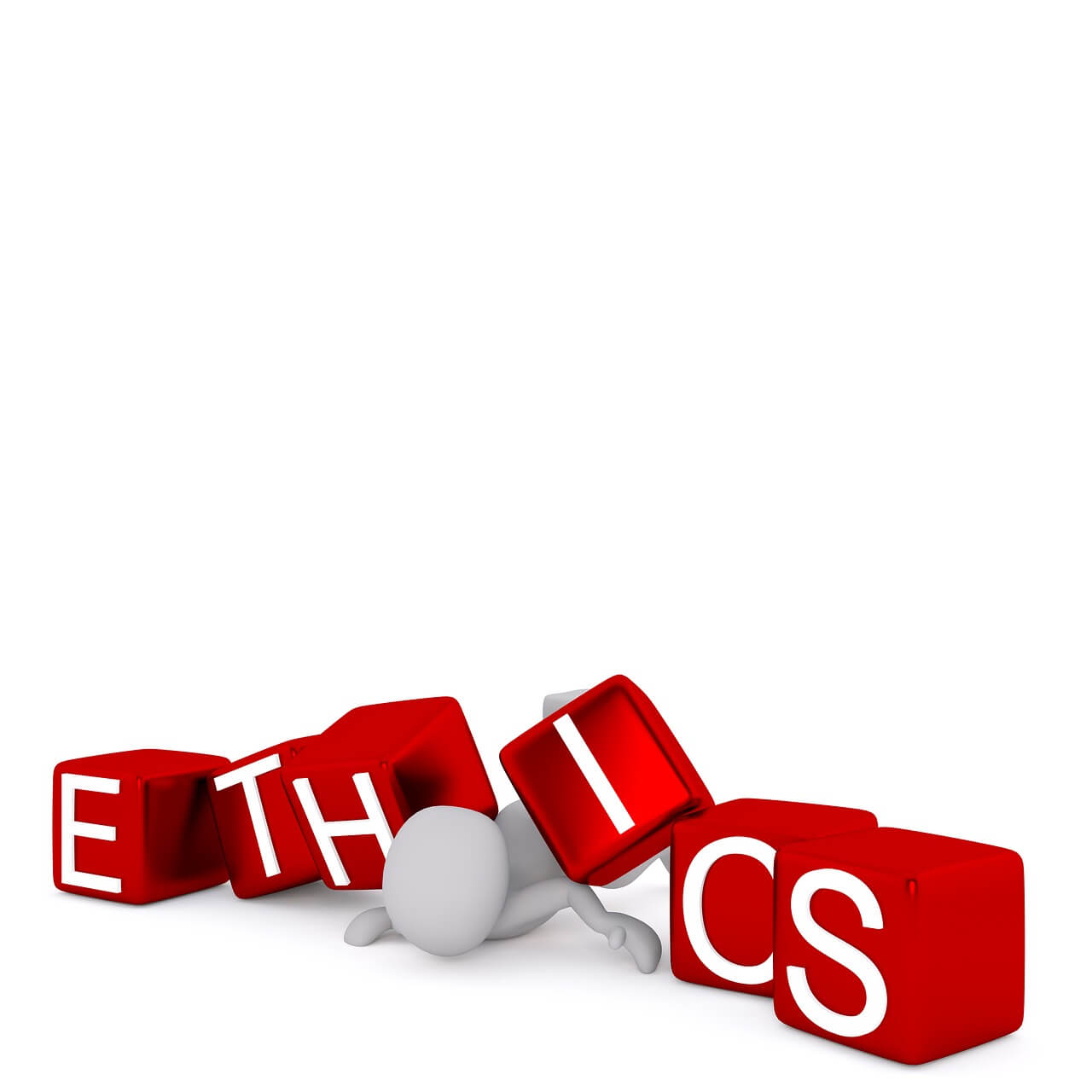Introduction to Leadership Competencies
It is clear that competencies have become a dominant method for the selecting, developing, and directing the efforts of leaders in organizations. My current definition of competencies is that they are the qualities most strongly associated with advanced levels of leadership and desired outcomes in an organization. The following is an example of a competency I created for manager level leaders:
Maximize Relationships: The manager develops solid relationships and models the importance of working together in a collaborative manner. He/she works to remove unhelpful boundaries and promote collaboration between teams and business units. Strives to include and incorporate the ideas of others into decisions, tasks, and projects. He/she is willing and able to address and resolve conflict between and with others. Is sensitive to individual differences and respects the work styles of others. He/she stays aware of technological trends, his/her role in communicating with team members, and seeks ways to harness these activities to improve cooperation.
It is not uncommon for organizations to have different competencies for different levels of leadership (e.g. manager, functional leader, senior leader). It is more common for competencies to remain the same at different leadership levels, but the descriptions – also known as behavioral anchors — will vary based on the level of leadership. It is also not unusual to see individual competencies divided into segments designed to indicate the level of proficiency a person demonstrates within a specific area. For example, does an individual demonstrate underdeveloped, average, or advanced capacity in a particular competency.
Leadership Competency Models
The use of competencies is typically accomplished by the design of a competency model that is considered unique to the culture of an organization and aligned with the organization’s business goals and strategy. These models normally typically segment the individual competencies into type-alike groups and consist of a list of competencies with the corresponding descriptions or behavior anchors. Research suggests that the optimum number of competencies in a model, from a validity and reliability standpoint, is between six and ten. The following are a couple of models that have been used by some well-known organizations. I have not included the behavioral anchors in these models as it would make for a really long blog. IBM’s COMPETENCY MODEL
CATEGORY ONE: FOCUS TO WIN
- Customer Insight
- Breakthrough Thinking
- Drive to Achieve
CATEGORY TWO: MOBILIZE TO EXECUTE
- Team Leadership
- Straight Talk
- Teamwork
- Decisiveness
CATEGORY THREE: SUSTAIN MOMENTUM
- Building Organizational Capability
- Coaching
- Personal Dedication
CATEGORY FOUR: THE CORE
3M’S COMPETENCY MODEL
FUNDAMENTAL LEADERSHIP COMPETENCIES Fundamental competencies are those which an individual may possess at the time of hire, but which will develop further as the individual progresses through successive management positions.
- Ethics and Integrity
- Intellectual Capacity
- Maturity and Judgment
ESSENTIAL LEADERSHIP COMPETENCIES: Essential competencies are those that the individual will develop as he becomes responsible for a functional unit or department.
- Customer Orientation
- Developing People
- Inspiring Others
- Business Health/Results
VISIONARY LEADERSHIP COMPETENCIES: Visionary competencies are those which leaders must possess to assume increased levels of responsibility.
- Global Perspective
- Vision and Strategy
- Nurturing Innovation
- Building Alliances
- Organizational Agility
Origins of Leadership Competencies
It can be argued that the concept of competencies traces back to the 1970s. Concern developed at that time about the widespread use of intelligence and related aptitude tests in the workplace. The concern was that these instruments were too far removed from actual leadership practices and business outcomes. The idea took shape that knowledge, skills, abilities, and traits were a more useful and accurate method for measuring leadership abilities. The popularity of competencies gained considerable momentum in the United States in the early 1990s, in large part due to the accelerated pace and complexity of change taking place in many industries and organizations. The notion that leadership roles were a static set of behaviors and responsibilities was challenged by the idea that these roles should in fact be defined in more general terms, thus allowing leaders greater flexibility in roles.
Benefits of Leadership Competencies
The primary benefit of competencies is that they provide an easily shared and understood view of leadership that can be used in a wide variety of ways to build human capital and drive business outcomes. For instance, competencies can provide a unifying framework in such areas as recruitment and selection, leadership development, and performance reviews. In order for competencies to have maximum positive impact it is important that they are designed, introduced, and implemented in a manner that assures widespread support in the organization. It can be a powerful tool for growth and development when a set of competencies is embraced and incorporated into the dominant narratives of the organization.
Critiques of Leadership Competencies
One of the concerns is that the identification of competencies and competency models can be costly in terms of time and money. Some people believe that, when it is all said and done, selection and promotional decisions are rarely made based on competencies, and that it is a waste of time and money to develop and maintain. There is also concern with the efforts of some “experts” to try and arrive at a universal list of competencies – which would then be applied generically without an eye to culture and desired outcomes. Finally, there is some concern that competencies contribute to a culture that overly focuses on the deficits in its leaders rather than identifying and leveraging strengths. It is my opinion that these criticisms and concerns are far outweighed if competencies are designed, deployed, and utilized appropriately.
Do you agree? Do you think too much attention is given to competencies versus such areas as strengths or employee engagement? What are your thoughts, comments, questions about leadership competencies?







 Goldman Sachs Chairman and CEO Lloyd Blankfein said the firm will always put clients first.
Goldman Sachs Chairman and CEO Lloyd Blankfein said the firm will always put clients first.



